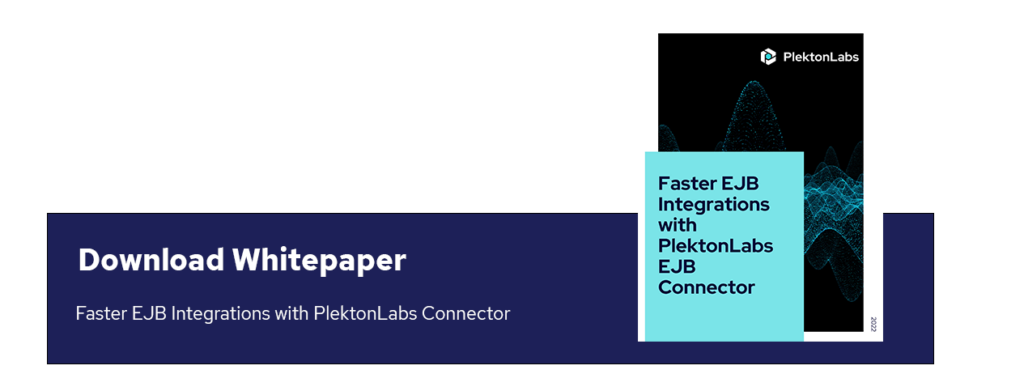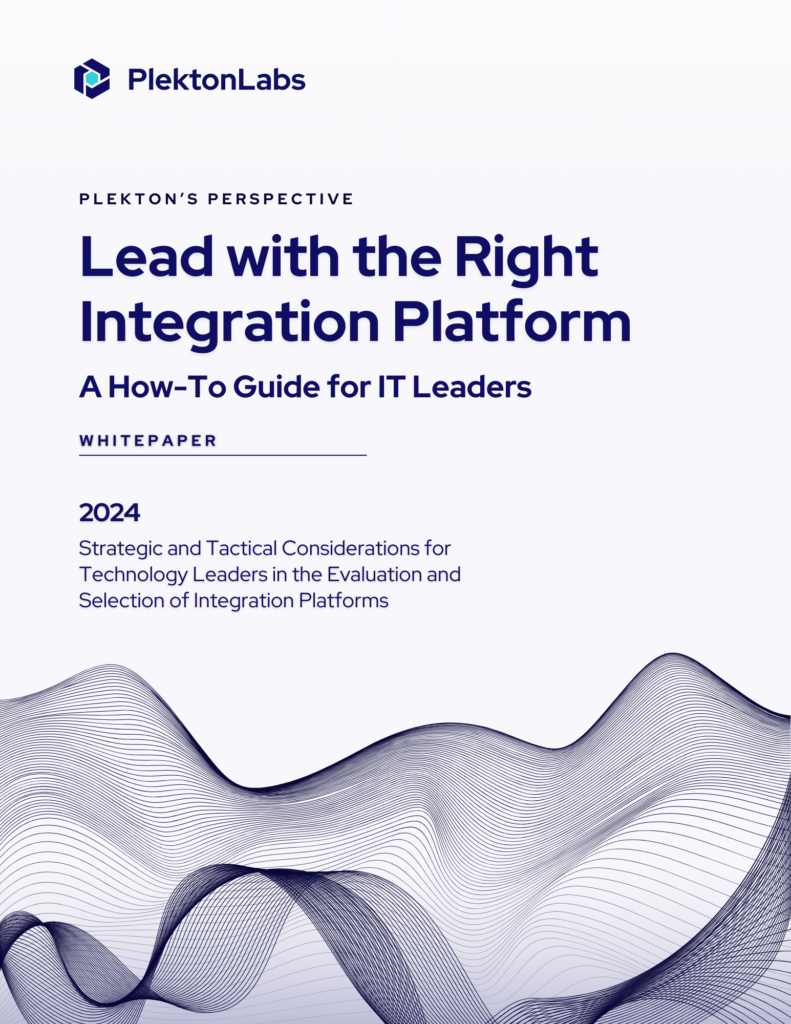As telecom operators shift from being pure connectivity providers to digital service enablers, 5G APIs are becoming central to this transformation. APIs that enable capabilities like network slicing, QoS, and edge computing are no longer just technical enablers; they’re emerging as commercial products.
This evolution represents a new kind of business asset: one that can be monetized, scaled, and tailored to specific use cases across verticals.
But that raises a defining question: how do you price something as dynamic and multidimensional as a 5G API??
This blog explores how economic modeling provides a strategic way to approach 5G API pricing, aligning it not just to infrastructure cost, but to value delivered, behavioral usage, and strategic fit. It’s a blueprint for telecoms looking to commercialize APIs with precision, flexibility, and speed. If your organization has already been exploring the roles of 5G, AI, and APIs in Telecom Innovation, this is the next step in your journey.
Why Pricing Models Need to Catch Up to Innovation
Enterprises use APIs in vastly different ways. Consider two different API consumers: one is a logistics company using APIs to optimize real-time route data, versus a gaming platform requiring ultra-low latency performance. Each gains unique value from the same underlying network capability, and that deserves differentiated pricing. That’s where economic modeling comes into play, giving you a framework to map out how much value an API delivers and what customers are actually willing to pay. It’s not just about numbers; it’s about aligning your pricing with market expectations, cost structures, and business outcomes.
This approach empowers CSPs to optimize revenue while meeting diverse enterprise needs.
Economic Modeling: Turning 5G APIs into Business Drivers
It equips telecom leaders with tools to quantify, simulate, and design pricing strategies that reflect operational realities and market value:
At its core, the aspects include:
- The true operational cost: Calculating the comprehensive cost of delivering API services, including infrastructure, support, and SLA management.
- Value Assessment: Measuring the perceived and tangible benefits APIs provide across customer segments and verticals.
- Demand Sensitivity: Modeling how demand varies with different price points and service tiers.
- Bundling and packaging: Identifying how combining APIs can drive adoption and unlock premium offerings.
This transition from volume-based pricing to value-based monetization transforms API catalogs into strategic digital products with tailored packaging and revenue paths.
For telecoms looking to get serious about API revenue, our deep dive on monetizing APIs the TM Forum way outlines best practices that pair well with economic modeling strategies.
Aligning with TM Forum Standards for Scalable Monetization
The TM Forum’s ODA (Open Digital Architecture) and API frameworks lay the technical foundation for interoperable, composable API ecosystems.
Economic modeling complements these standards by enabling CSPs to simulate real-world commercial performance and validate pricing models before launch. This creates synergy between technical agility and commercial viability, essential for thriving in the evolving API economy.
Note from the author: As the API economy scales, so do risks. Security, governance, and compliance are foundational to trustworthy monetization. We recommend reading on securing the API economy, an essential step before building any revenue model.
Real-World Lens: Network Slicing for Enterprise IoT
Imagine a manufacturer operating a smart factory with robotic automation. Reliable, low-latency connectivity during specific hours is critical for operations. Using economic modeling, you can simulate:
- Calculate provisioning and maintenance costs for network slices on a per-usage basis.
- Price services based on latency guarantees or time-of-day usage patterns.
- Bundle with related APIs, such as location tracking or security services.
- Structure SLAs to a flexible scale with client needs.
This approach transforms network slicing from a technical capability into a compelling, customer-aligned business proposition.
The Strategic Advantage of Dynamic Pricing
5G APIs are not just technical endpoints; they are business-critical assets that can drive new revenue streams, open vertical-specific markets, and support differentiated service offerings
Pricing them right is one of the most strategic decisions a telecom operator can make.
By adopting dynamic, value-based pricing models, CSPs can capture untapped revenue, confidently launch vertical-specific API bundles, and strike the right balance between scalability, cost-efficiency, and profitability. Most importantly, it positions them to strengthen their competitive edge in the evolving API economy, where precision, adaptability, and business alignment define long-term success.
At PlektonLabs, our expert team helps telecom leaders design and operationalize dynamic pricing strategies for 5G APIs, aligning business outcomes with network intelligence. If you’re building the future of monetization, let’s do it with purpose and precision.
Ready to unlock the value hidden in your APIs?
Let’s model it together.




